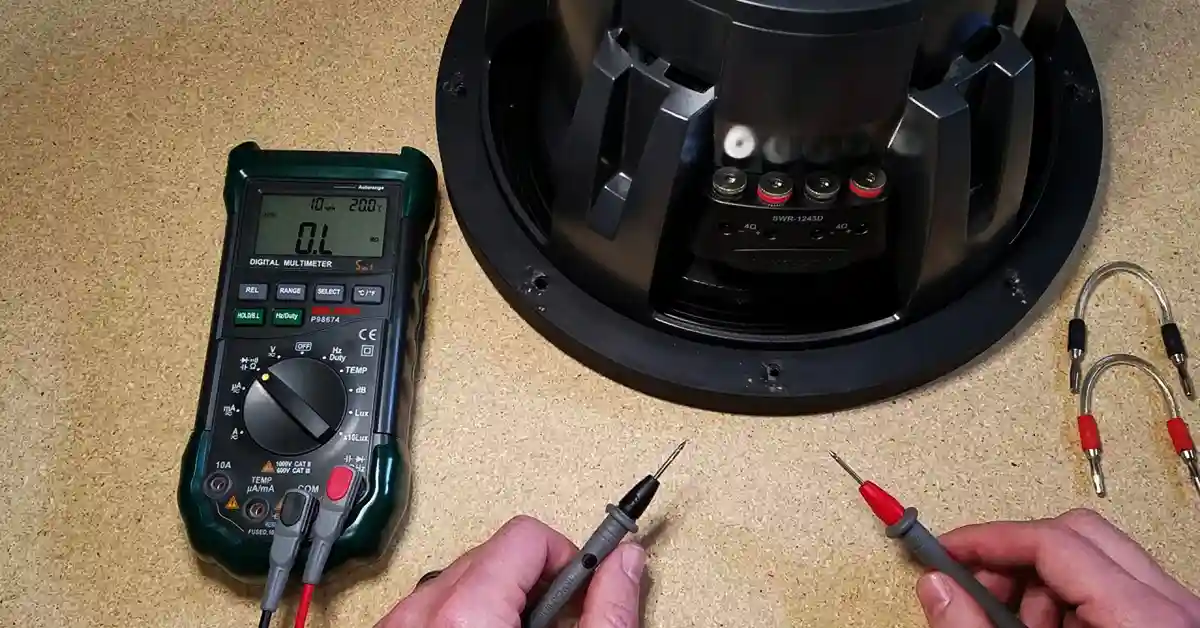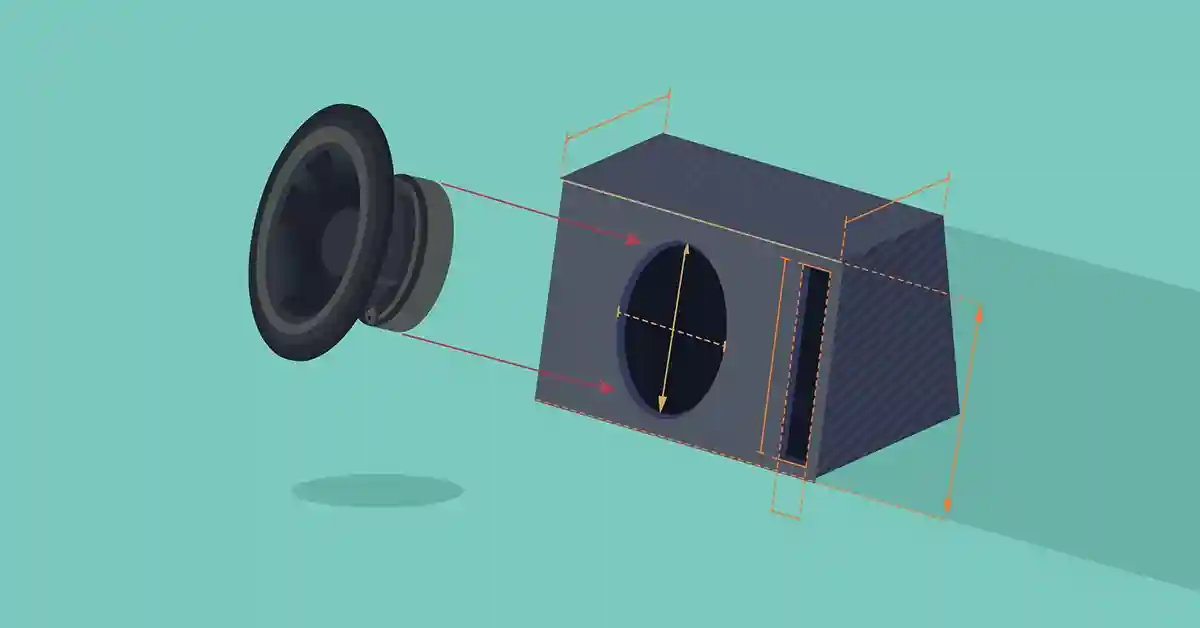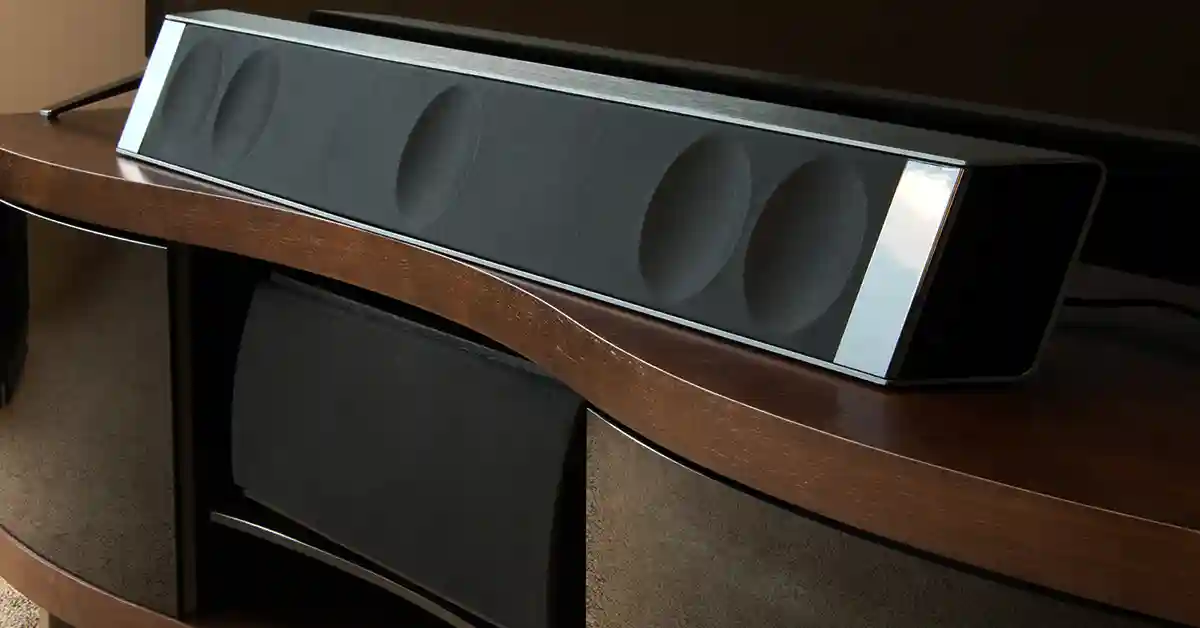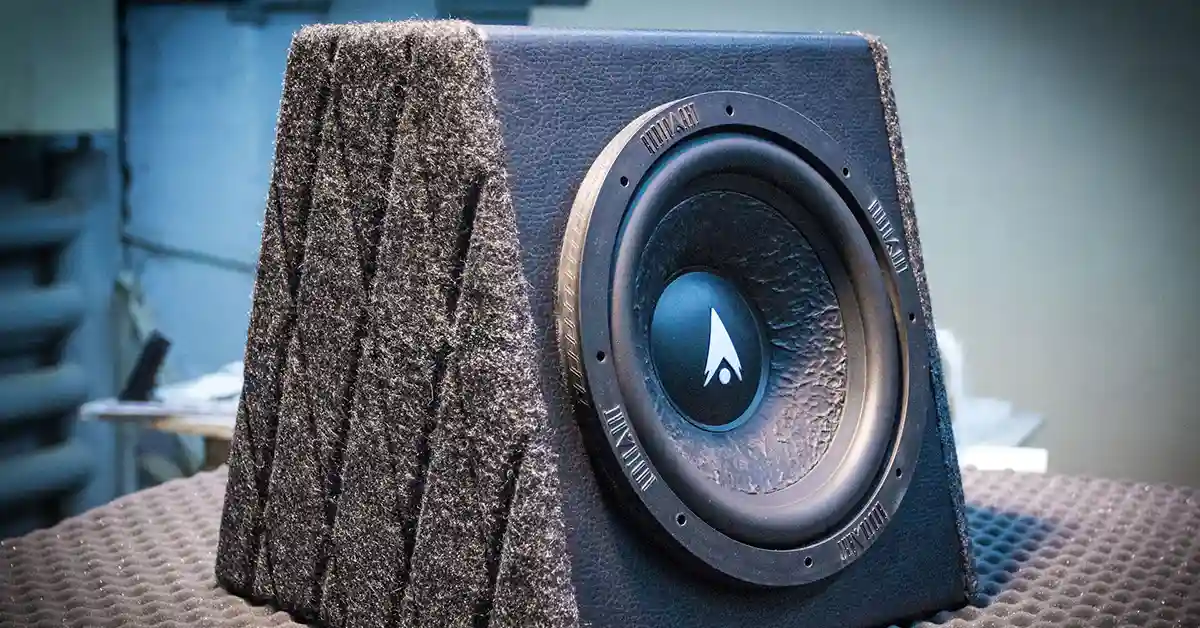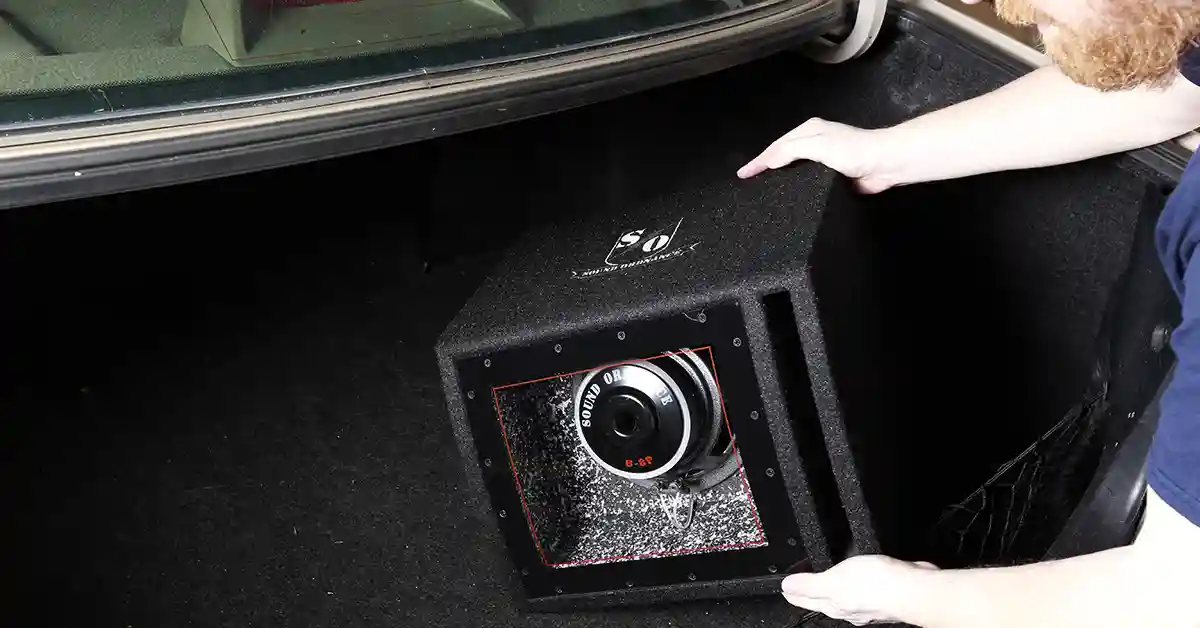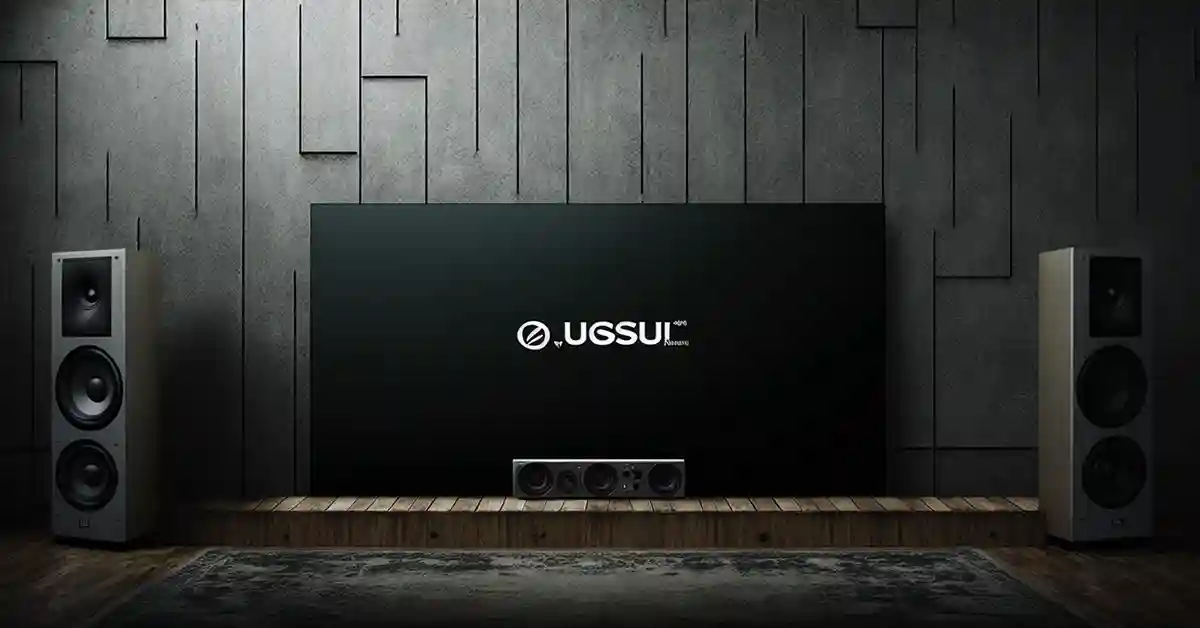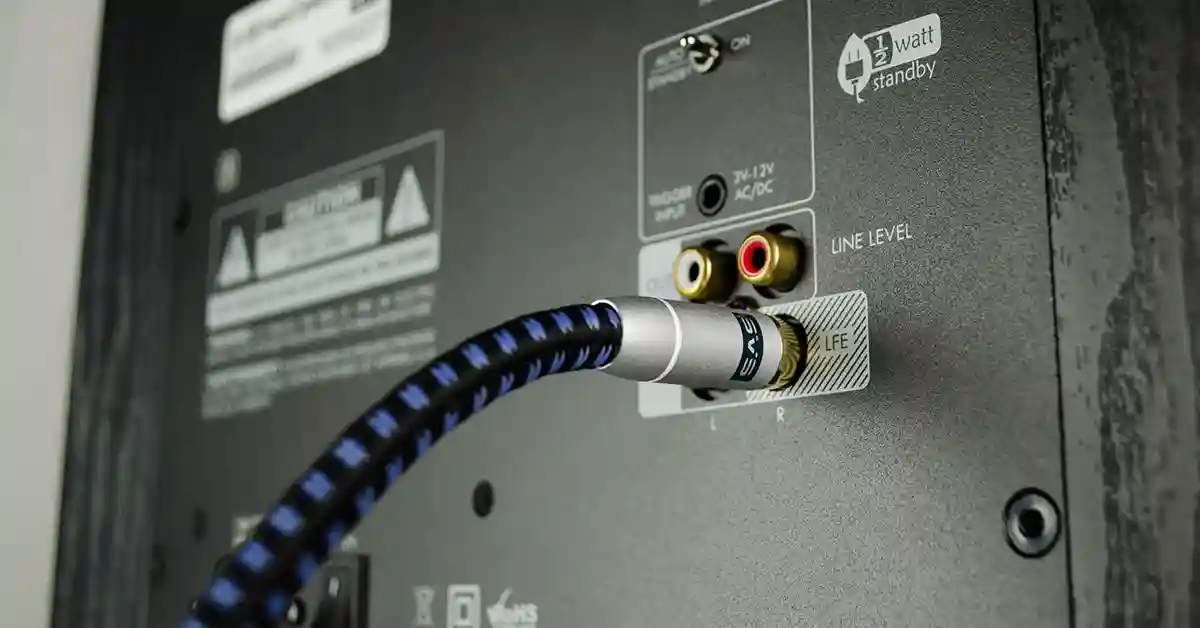Why Do You Need A T-line Subwoofer Box?
Today, different types of subwoofer boxes and enclosures are available. The ported, free-air, and sealed boxes are trendy.
One lesser-known subwoofer enclosure is the tline subwoofer box. The T-Line box or transmission line box is an enclosure that resembles a box and helps with low-end extension with managed responses.
It uses a transmission line that is acoustic in the enclosure. In other trendy boxes, the waves reverb simply in the damped enclosure. But in a transmission line speaker enclosure, it moves to one maze-like structure. The maze consists of absorbent materials that help in better control and efficient energy.
In this article, we will understand more about transmission line subwoofer design and its usage and advantages.
Uses Of T-Line Enclosures
The TLine subwoofer enclosures primarily have two uses.
1. Helps Clean The Bass
The bass effects primarily depend on the type of box enclosure. A T-line enclosure will help in keeping away the weird effect.
An adequate T-line enclosure will provide a significant bass response. But they must be optimized for handling deep or fast bass. The T-Line will be used based on the effect you want to get.
2. Improves The Tuning
As discussed, T-Line enclosures make sound travel through a maze-like structure. It helps in reducing the sound speed. And this further improves the tuning effect, impacting the experience positively.
What Are The Advantages Of These Subwoofer Boxes?
Some common advantages of using a T-Line sub box are:
1. It Makes the Sound Better
The T-Line boxes usually have different levels of spongy items. They vary in size and length and are randomly open or closed at the end.
These lines help in doing away with the unrequited sound resonances. These sound resonances can result in different auditory effects.
The dampening material can also result in excess energy getting damped or absorbed.
2. Perfect Phase Response
With a proper design, the T-Line will be like a mechanical crossover. Any sound that doesn't get damped because of the tapering will come out of the other open end.
The tapered sound leaves in phases, along with the other sound getting radiated by the front drivers. It helps in increasing the sensitivity and output level of the speaker.
The phase shift in transmission-line speakers is 90 degrees compared to 180 degrees in vented boxes. Because of this, high-current amplifiers are suitable for the Tline. Ensure the drivers match the subwoofer enclosure for the best efficiency.
3. Waveguide is Acoustic
The T-Line subwoofer enclosure generates high acoustic waveguides within the cabinet. Moreover, the padding helps in reducing resonance and unnecessary sound reflection.
4. The Sound System Comes Out As a Natural
Another significant advantage of using an 8 inch t-line subwoofer box is that it sounds more natural.
The reason behind a more natural sound is there is no pressure behind the bass cones. Moreover, the rear sounds also do not get radiated again.
5. Low Resonance Frequency
Air particles in a transmission line box increase pressure on the bass. And this results in less resonance.
Because of this, the response at the low end is better, and the bass stays controlled. Therefore, a T-line requires less motion than other ported speakers for similar outputs.
Loudspeaker engineering: How to design speaker crossovers?
When starting with your first DIY transmission line box, getting the basics of the transmission line design is critical.
The first step is to select a woofer. Try to keep the box size to a minimum; the optimal will be 8".
The next step is to design the box. It involves the most critical thing, which is to model the frequency response curve of the enclosure. You can use software for the above task.
You have to find the quarter wavelength of the driver. It will help delay the back wave so that it is in sync with the front wave.
Transmission line build
After establishing the quarter wavelength, it is time to fold the enclosure. There has to be a circular input where the driver goes in and an output at the end of the line.
The idea is to make the sound wave travel across different compartments before going to the output. Damping material is critical as it will help with the necessary efficient result from the box.
Benefits Of TLine Against Ported or Sealed Box
- Efficient: TLine boxes are more efficient than ported boxes. Sealed or ported boxes have a loss of energy that is not used by the enclosure. The air present inside the box contracts and expands non-uniformly. It results in cone patterns changing and affecting the resonance.
- Box size: The boxes of a 1/4 wave t-line box are moderate in size.
- Phase response: A T-line box has a great phase response.
- Dual output: You will always find a port output and a diver output in a T-Line.
- Phase shift: Transmission line boxes have a phase shift of 90 degrees compared to 180 degrees in sealed or ported boxes.
Is It Better Than Vented Boxes?
The T-Line boxes have 12 decibels for each octave. The vented box has 24 decibels for every octave. Vented boxes are easier to design. Moreover, they are also cheaper. They are more compact and smaller in size.
How Does A Poor Design Affect The T-Line?
The transmission line design is often complex. If not done correctly, there is a high chance that it will result in unwanted frequency responses.
It can blow off the amplifier at high frequencies. Thus, you must have a good amplifier with high power for a T-line subwoofer.
Furthermore, poor design can result in higher impedance curves. Moreover, it can also result in overheating.
Final Thoughts
Today many designers use a T-line transmission tech with variations. The transmission line has many benefits, including better bass response and lesser roll-off.
Many designers also use small openings than tapered tubes. Furthermore, folding the tube also helps in reducing the speaker size. It results in a seashell-type framework providing high efficiency.
The advantages of T-line in terms of resonance and bass response make it an exciting prospect. With the right design, it can help in increasing the quality multi-fold.
Frequently Asked Questions
What type of subwoofer box is the strongest bass producing?
Most subwoofers do not come with a box. While you can build a custom one, it is not feasible for all. But you can choose a box based on factors like the woofer size, the number of woofers you have, and dimensions. Keeping these factors in mind will help in getting the most substantial bass-producing box. You can browse our website for more information.
How do you use T nuts in a subwoofer box?
It is necessary to use T nuts for securing your subwoofer or speaker. It will help in avoiding it getting squashed. Unlike a screw, the T-nut will not get loose with time. You can use the T-nuts with the help of a drill yourself.
What is a transmission line subwoofer box?
The transmission line subwoofer box is a type of loudspeaker box design. It uses an acoustic transmission line within the enclosure. The box has a maze-like structure that helps with the sound waves reverb.
Which type of subwoofer box is best?
Sealed boxes are ideal for small vehicles as they occupy very little space. Moreover, they are also economical as compared to other box types. But the T-line box will be ideal if you are an audiophile and would like the best efficiency.
What are some uses of a T-Line subwoofer box?
A transmission line box gives the user a lower-end extension with a better-managed response. There are two primary uses of a T-Line subwoofer box. It helps in cleaning the bass and also in improving the tuning effect.
How to build a massive transmission line subwoofer?
The transmission-like subwoofer uses an acoustic line in the cabinet. The sound waves from the speaker pass through a long and damped pathway within the enclosure. It results in better control and high-quality sound.
To build one for yourself, you can use a t-line subwoofer box calculator. You will have to consider many other factors while building a T-line box.
How important is a subwoofer box?
Having a subwoofer box can be critical, depending on your requirements. Most speakers do not have the capability of reproducing all the frequencies coming from the audio source. Having a subwoofer box will not only help with the resonance but also with the bass.
What's better, a big or small subwoofer box/enclosure? Why?
It depends on different factors, including the space available, the type of subwoofer, the number of speakers, and others. You have to consider all the factors before deciding on the size. Usually, a medium-sized box is ideal for a subwoofer system for an average-sized region.
Is this t-line calculator accurate?
The T-Line calculator helps calculate the input impedance and attenuation of the transmission live after termination. It is primarily accurate and provides the desired results.
Related Articles

